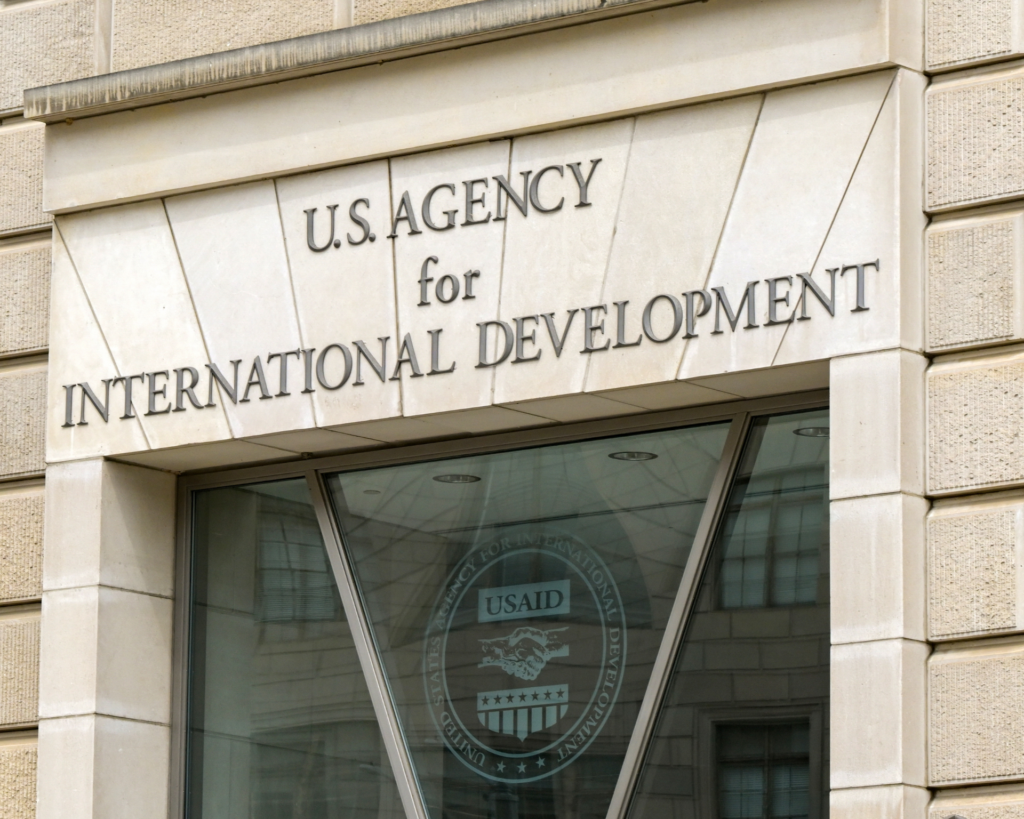Uvalde and the South Texas Whole Blood Deployment Program
In the wake of the 2022 mass shooting in Uvalde, Texas, the Whole Blood Deployment Program provided critical resources to an overwhelmed medical center, offering an example of how to improve emergency response in the U.S.

Read Time: 3 minutes
Published:
Firearm-related deaths, particularly among children, are increasing exponentially in the U.S. According to a recent CDC report, firearms are the leading cause of death in adolescents and children. In particular, childhood mortality increased sharply between 2019 and 2020, with firearm mortality surpassing motor vehicle collisions as the leading cause of death among young people for the first time in the modern era.
On May 24, 2022, a mass casualty incident (MCI) took place at Robb Elementary School in Uvalde, TX, which is approximately 83 miles from San Antonio. Twenty-two individuals (19 children and 3 adults) were killed, and multiple others sustained injuries requiring emergency blood transfusion. As the alert of the mass shooting went out, the Emergency Medical Task Force (EMTF) State Coordination Office activated the MCI Whole Blood Deployment protocol. South Texas Blood and Tissue began preparing 15 units of whole blood (i.e., blood that is not separated into its individual components) and 10 units of packed red blood cells. An air medical transport helicopter transported the blood from San Antonio to Uvalde Memorial Hospital within 67 minutes.
This delivery from the Whole Blood Deployment Program provided critical resources to the overwhelmed medical center allowing them to provide early and rapid blood to the massive influx of critically injured patients. In addition to the blood deployment, a regional call to arms occurred in which nearby EMS agencies surrounding Uvalde County sent 20 additional units of whole blood.
The program offers an important example to other states and local governments for improving emergency response to mass casualties.
The MCI Whole Blood Deployment Program was born out of necessity from the various mass casualties that occurred in South Texas over the past several years. Beginning with the Sutherland Springs mass shooting in 2017, the Southwest Texas Regional Advisory Council has developed and led a consortium of trauma centers, emergency medical service agencies, blood banks, local police and fire departments, and other governmental entities to equip emergency transport vehicles with whole blood in preparation for mass casualty incidents.
South Texas was one of the first regions in the country to adopt the use of whole blood to administer transfusions to critically injured patients on EMS transport vehicles during the journey to the hospital. The Whole Blood Deployment Program was then approved by the Assistant Secretary for Preparedness and Readiness within the U.S. Department of Health and Human Services.
Although other mass casualty incidents have occurred in Texas, including the El Paso and Midland shootings, the shooting in Uvalde was the first time the EMTF Whole Blood Deployment Program has ever been used. In fact, it is the first program of its kind in the United States. The program offers an important example to other states and local governments for improving emergency response to mass casualties. Similar programs, built on regional and state-level cooperation, will provide immediate, life-saving interventions quickly and efficiently at the location where they are most critically needed.
Photo via Getty Images



